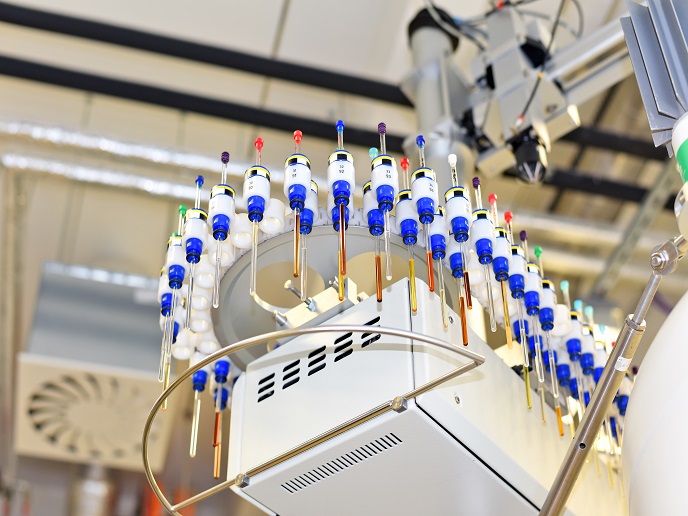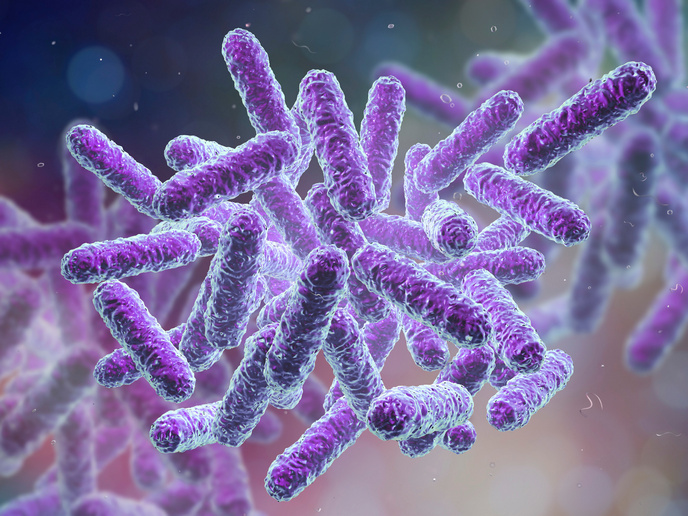Uniting the structural biology community in Europe
Structural biology technologies such as electron microscopy, nuclear magnetic resonance (NMR) and X-ray crystallography provide insight into the molecular architecture of cells, help determine macromolecule structure and reveal information about their interaction. Collectively, this knowledge is paramount for comprehending the cause of diseases as well as for the development of new drugs and biomaterials. However, structural biology infrastructure is too expensive to deploy locally.
An organisational umbrella of structural biology infrastructure
The EU-funded iNEXT(opens in new window) project has united key partners in biological and biomedical institutions across Europe that host large installations for structural biology to provide access to the scientific community. “The idea was not only to facilitate the use of cutting-edge technologies but also integrate complementary expertise and strongly stimulate translational research,″ explains project coordinator Rolf Boelens, a professor at Utrecht University in The Netherlands. Depending on their expertise in the field, researchers can submit a proposal to access high-end instruments or to receive additional assistance if they come from complementing fields or have no expertise in structural biology. Proposals are accepted from both academia and industry, and are evaluated by independent international reviewers. The project networks the structural biology community supporting joint research activities towards new methodologies, drug discovery and membrane protein characterisation. “iNEXT has been a unique integrated project, and an example worldwide, strengthening the leading role of Europe in structural biology,″ emphasises Boelens. Through meetings and workshops, the project trains beginners and experts, and stimulates interaction at the different infrastructures to promote good-quality research. It also offers on-site training of visiting researchers, thereby enhancing mobility and collaborations.
Research projects supported by iNEXT
iNEXT has received over 900 proposals of which over 700 were approved. The overall impact of the project is illustrated by the more than 200 publications so far. To continue to engage the scientific communities, iNEXT has undertaken a number of outreach activities, including participation in large academic and industrial conferences. iNEXT users uncovered the molecular mechanism by which Legionella pneumophila, the causative agent of legionnaires’ disease, targets effector proteins in its host. In addition, with the help of NMR technology, researchers determined telomere structures, laying the foundation for the rational design of anticancer drugs. High-resolution cryo-electron microscopy provided insight into the mechanism of eukaryotic translation termination by antimicrobial peptides, opening new avenues for the design of novel antibiotics.
A drug discovery pipeline
Drug discovery requires skilled experts, specialised instrumentation and expertise in different areas of research that are beyond the reach of most academic and small industry researchers. Different iNEXT partners worked together to assemble and validate new fragment libraries that can be exploited in high-throughput drug discovery pipelines. The platform enables the identification of drug leads that target specific proteins and contribute to health and biotechnology innovations. “iNEXT succeeded at building a productive network of the different structural biology research communities that were previously competing,″ concludes Boelens. He is hopeful that future European Commission funding schemes will support synergistic consortia and continue to help the rapidly expanding field of structural biology.







